Description
Lime marmorino, already known in ancient Rome, is made of high-quality natural raw materials and is splash-proof and water-repellent, suitable for use in very demanding conditions. Roman Marmorino became especially popular during the Renaissance, when aesthetic requirements were not optional but necessary.
Lime marmorino is often used to finish hotel rooms, offices, luxury bathrooms and saunas, being an elegant, strong and durable material. Marmorino has different finishing options: satin-matt or glossy.
Marmorino mimics the relief of the substrate, which allows you to finish curved surfaces, cover niches and protruding forms. Surfaces finished with lime marmorino are easy to maintain and long-lasting.
Color: white. Can be tinted with colored soils.
Grain size: 0–0,5 mm
Suitable substrates:
Gypsum board (Knauf, Fermacell) plastered
Plasters (clay plaster, lime plaster, mineral plasters)
Consumption: 1 – 1,5kg / m²
Packaging: 1 kg bucket, 5 kg bucket, 10 kg bucket
Use
Marmorino is used for finishing lime plasters and other mineral plasters indoors, including wet rooms. Also suitable for finishing gypsum and gypsum fiber boards. Marmorino can be used as a water-repellent finish for shower cabins with lower moisture loads. UKU Lime Marmorino is perfect as a decorative element in interior design and, thanks to its excellent surface resistance, it can be used even in extreme conditions. Lime Marmorino is not suitable for use in a 24/7 wet environment (swimming pool, etc.)
Color
White. Can be dyed with all natural lime persistent dyes/pigments up to a maximum of 10% by weight of the mixture.
Property
Lime Marmorino is an antibacterial and mold-resistant finishing material. It does not cause allergies, is antistatic, does not contain harmful contaminants and volatile organic compounds (VOC). UKU Lime Marmorino is a water vapor permeable material with outstanding surface resistance and adhesion. The tone may vary depending on the amount of water added to the mixture.
Substrate
The substrate must be dry, absorbent and free of dust, paints and lubricants (oils, greases, etc.). All surface irregularities/bumps appear darker during surface finishing, so the even tonality of the final finish depends on the substrate. The more structural the substrate, the higher the consumption of material per square meter. The substrate must not be glossy and slippery (old paint, ceramic tile, glass, metal, etc.)
Conditions
The temperature of the substrate and the ambient air must be greater than 5°C. Lime carbonizes under the influence of moisture. Therefore, excessive drying of the material should be avoided. To reduce it, the lime plaster should be post-moistened in dry and warm weather (twice a day for five days). Depending on the substrate, it is recommended to prime the surface with UKU primer and moisten the surface before applying Marmorino.
Instruments
Japanese trowel, Venetian trowel, plastic filler knives, spatulas, brush, olive oil soap. Mixing Add 600-700 ml of pure water to 1 kg of dry mix and mix well until homogeneous. When adding water, consider the amount of water added with the pigment(s) (see pigment instructions for use). Add ¾ of the water at first and mix into a smooth paste (make sure there are no lumps) and gradually add the rest of the water. It is best to prepare the mixture the day before plastering, at least 1 hour before use. Before application, the mixture must be mixed again.
Layer I installation
Check the evenness of the substrate and remove any unevenness if necessary. If the substrate is dusty, remove the dust and prime the entire surface with UKU primer. Allow the primer to dry completely and wet the substrate before applying the first coat. Apply the first coat using a Venetian or Japanese trowel. Note that any trowel marks or pattern left in the first layer will also appear in the subsequent layer(s). The first coat is not polished and should be sanded with fine sandpaper if excessive gloss appears. To obtain the most uniform finish (tonality), it is recommended to sand the unevenness of the first layer and trowel marks, then remove the dust. At the request of different models and structures, the trowel mark or the desired model is left in the first layer and amplified/emphasized with the following layers/tones.
Layer II installation
After the first layer has visibly dried (it becomes lighter), the next layer can be applied. Note again the direction of application of the mixture and the resulting pattern. Keep the trowel clean and do not let material roll between the trowel and the Marmorino surface. Apply the material in 2-3 layers as needed. Polish the finished surface (with diagonal movements in different directions) with a Venetian or Japanese trowel (stainless steel) until the desired gloss and finish is achieved.
Final finish
Olive oil soap should be applied to the surface to achieve greater water resistance. The soap is applied to the Marmorino surface after the last layer has been applied and smoothed. Apply soap with a soft, wide brush to the hardened surface during the carbonation stage (when the surface begins to dry brighter). We recommend using liquid soap (diluted) with olive oil. Make sure there is no limescale material left on the brush (a sign that it is too early to apply the soap). After saponification, smooth the surface with a trowel (Venetian or Japanese trowel).
Maintenance
With natural detergents (olive oil soap) and as needed, the wax layer must be renewed from time to time as a result. Be sure not to use harsh chemicals, cleaning solvents or strong detergents.
Consumption
1 – 1.5 kg/m²
Safety
Lime is corrosive. Avoid dust inhalation, skin contact and eye contact. Wear safety glasses, respirator and gloves. In case of contact with eyes, rinse immediately with saline solution and seek medical advice. Coat glass, metal and lacquered surfaces and other lime-sensitive surfaces against splashes before installation.
Storage
Store in a dry place.

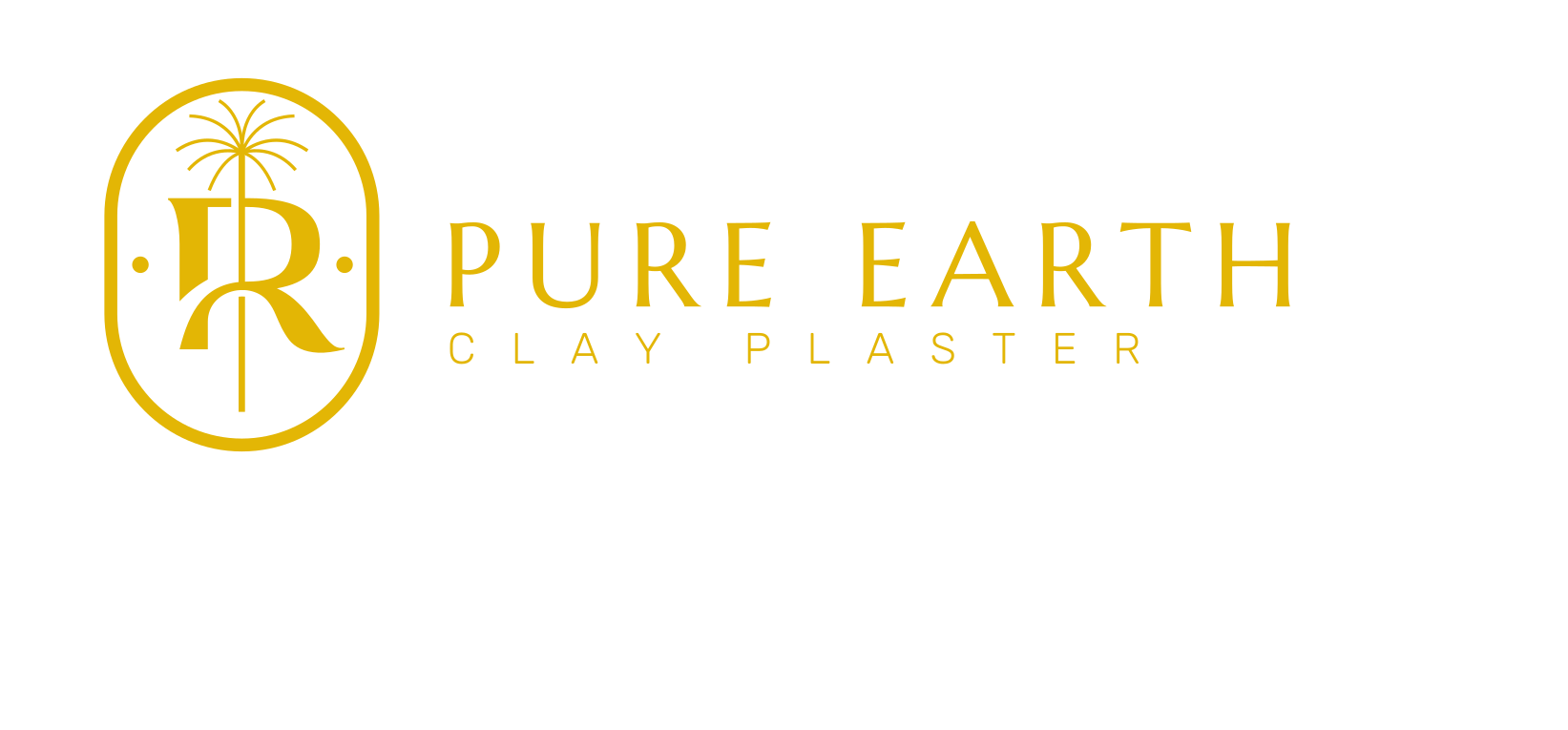
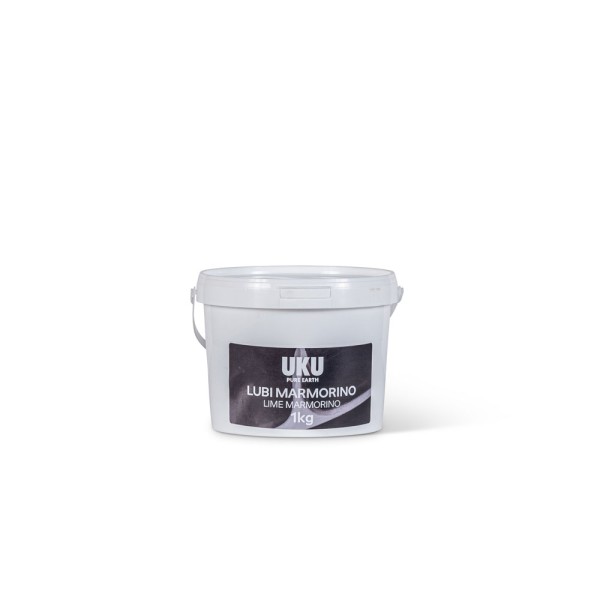





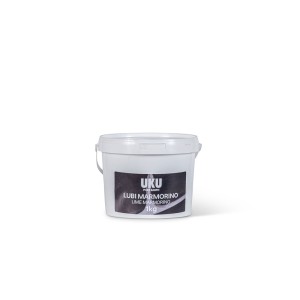
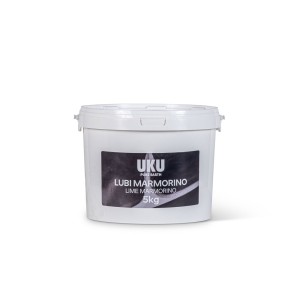
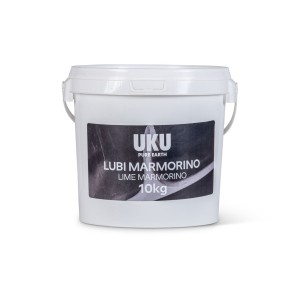
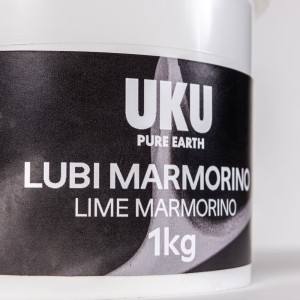
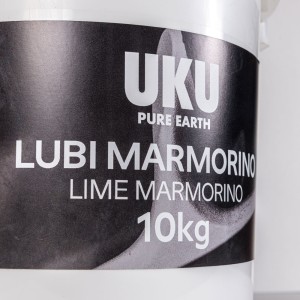
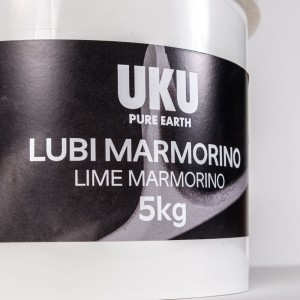
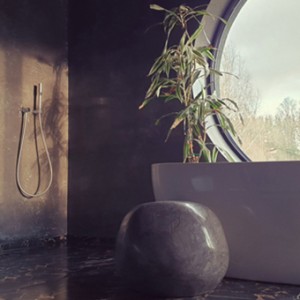
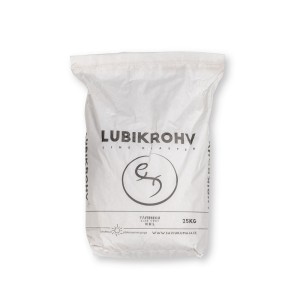
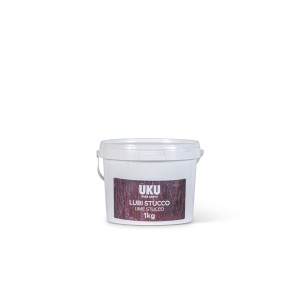
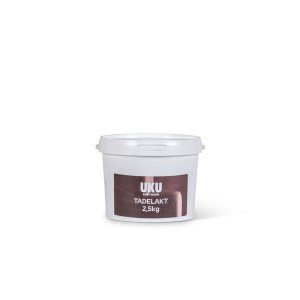




Reviews
There are no reviews yet.